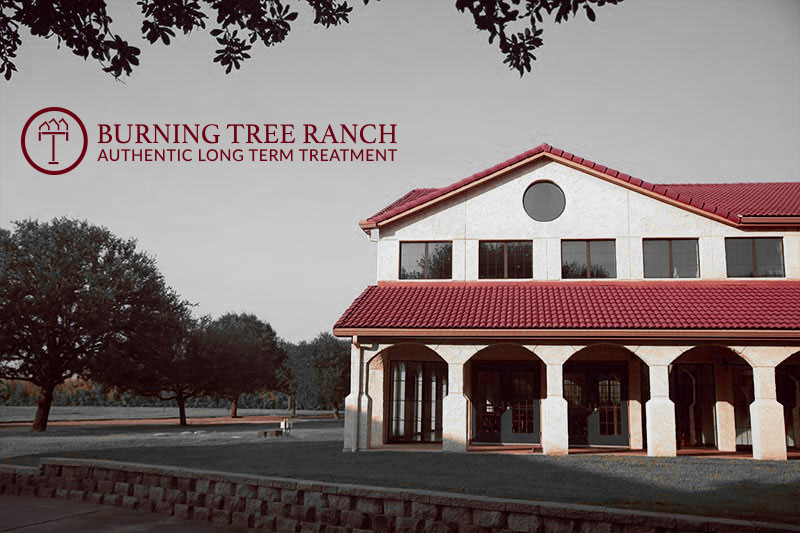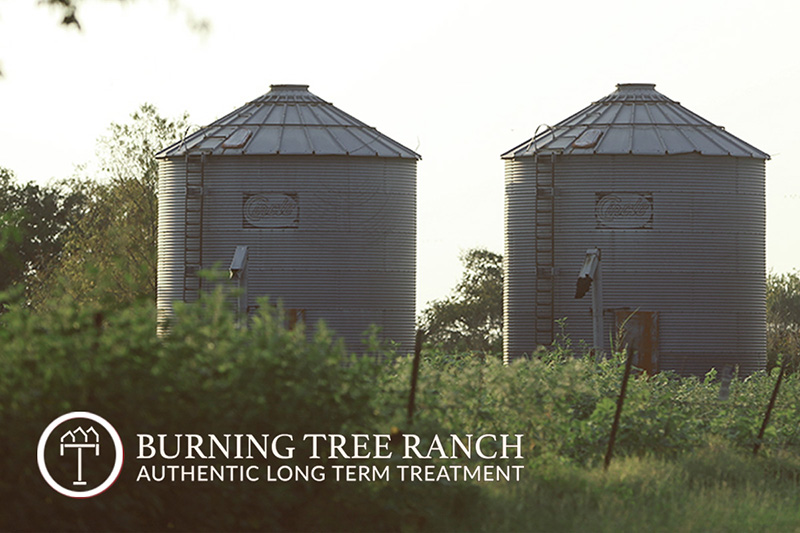Trauma & Stressor-Related Disorders in a Dual Diagnosis with Substance Use
Individuals with Trauma- and Stressor-Related Disorders, such as Post-Traumatic Stress Disorder (PTSD), often exhibit higher rates of substance use and abuse compared to the general population.
Trauma and Stressor-Related Disorders: A DSM-5 Overview
The DSM-5 categorizes Trauma- and Stressor-Related Disorders based on exposure to a traumatic or stressful event as a primary etiological factor. These disorders encompass a range of psychological responses to trauma and stress, emphasizing the impact of external events on an individual’s mental health.
Understanding Trauma- and Stressor-Related Disorders within the DSM-5 framework allows for a structured approach to diagnosis and treatment, highlighting the importance of recognizing the role of external stressors and trauma in mental health.

Trauma and Stressor-Related Disorders in the DSM-5
Post-Traumatic Stress Disorder (PTSD)
PTSD occurs after exposure to actual or threatened death, serious injury, or sexual violence. Symptoms include intrusive memories, flashbacks, avoidance of reminders of the trauma, adverse changes in thoughts and mood, and marked changes in arousal and reactivity associated with the traumatic event.
Acute Stress Disorder (ASD)
ASD is characterized by symptoms similar to PTSD but occurs immediately after the trauma, lasting from three days to one month. Symptoms include numbing, detachment, intrusive memories, and severe anxiety or arousal that disrupt daily functioning.
Adjustment Disorders
These are responses to identifiable stressors that occur within three months of the stressor and cause more distress than typically expected or significantly impair social, occupational, or other important areas of functioning. Symptoms can include depression, anxiety, and conduct disturbances.
Reactive Attachment Disorder (RAD)
RAD is a condition found in children who have experienced grossly insufficient care and do not form a healthy emotional attachment with their primary caregivers. Symptoms include a consistent pattern of inhibited, emotionally withdrawn behavior toward adult caregivers and a persistent social and emotional disturbance.
Disinhibited Social Engagement Disorder (DSED)
DSED also results from grossly insufficient care but manifests as a pattern of overly familiar and culturally inappropriate behavior with relative strangers. Unlike RAD, children with DSED might show no reluctance in approaching and interacting with unfamiliar adults.
Other Specified Trauma- and Stressor-Related Disorder
This category is for trauma- and stressor-related responses that cause significant distress or impairment but do not meet the full criteria for any of the disorders listed above. Examples might include situations of enduring complex trauma not specified as PTSD or adjustment-like disorders with prolonged duration without an identifiable stressor.
Unspecified Trauma- and Stressor-Related Disorder
This category is used when a clinician chooses not to specify the reason that the criteria for a specific trauma- and stressor-related disorder are not met. It includes cases with insufficient information to make a more specific diagnosis.
Relevant Data, Facts, or Insights on Trauma Related Disorders
- Prevalence: PTSD affects approximately 3.5% of U.S. adults every year, with women being twice as likely to be affected as men. The prevalence of Adjustment Disorders varies widely, depending on the population and the assessment methods.
- Treatment: Evidence-based treatments for these disorders include cognitive-behavioral therapy (CBT), Eye Movement Desensitization and Reprocessing (EMDR), and medication for some instances. Early intervention and tailored treatment plans are crucial for recovery.
- Impact: Trauma- and Stress-Related Disorders can significantly impact an individual’s functioning, relationships, and quality of life. However, with appropriate treatment and support, many individuals can recover fully or learn to manage their symptoms effectively.

Understanding Trauma: Dispelling Myths About Stressor-Related Disorders
Trauma- and Stressor-Related Disorders, as classified by the DSM-5, are often misunderstood, leading to a range of misconceptions that can stigmatize those affected. Dispelling these erroneous beliefs is crucial for fostering empathy, understanding, and appropriate support. Here are critical clarifications about what these disorders are not:
- Not a Sign of Weakness: Experiencing a Trauma- and Stressor-Related Disorder does not indicate personal weakness, moral failure, or lack of resilience. These disorders result from exposure to highly stressful or traumatic events that can overwhelm anyone’s ability to cope, regardless of their strength or character.
- Not Always Connected to Combat: While PTSD is commonly associated with military combat, it can result from various traumatic experiences such as accidents, natural disasters, abuse, or the sudden loss of a loved one. Recognizing the wide range of events that can lead to these disorders is essential.
- Not the Same for Everyone: Individuals respond to trauma in diverse ways. Two people exposed to the same event may develop different symptoms or none. The manifestation of these disorders varies widely among individuals, reflecting the complexity of human resilience and psychological response.
- Not Just About Reliving the Trauma: While intrusive memories and flashbacks are hallmark symptoms of disorders like PTSD, other symptoms include avoidance of reminders, adverse changes in thoughts and feelings, and hyperarousal. Disorders like Adjustment Disorders focus more on an excessive reaction to a life stressor rather than reliving a traumatic event.
- Not Uncommon or Rare: Trauma- and Stressor-Related Disorders are more common than many people realize. Recognizing their prevalence can help reduce stigma and encourage individuals to seek the support and treatment they need.
- Not Untreatable: These disorders are treatable through various interventions, including therapy, medication, and support groups. Advances in mental health care have significantly improved the outcomes for many individuals, emphasizing hope and recovery.
- Not Just an Adult Issue: Children and adolescents can also develop Trauma- and Stressor-Related Disorders. Early-life stressors and trauma can lead to disorders like Reactive Attachment Disorder and Disinhibited Social Engagement Disorder, underscoring the need for awareness and intervention across all ages.
- Not Limited to Direct Exposure: Indirect exposure to trauma, such as learning about a close family member or friend experiencing a traumatic event or repeated exposure to aversive details of trauma (common in certain professions), can also lead to Trauma- and Stressor-Related Disorders.
Prevalence and Rates of Addiction
Individuals with Trauma- and Stressor-Related Disorders, such as Post-Traumatic Stress Disorder (PTSD), often exhibit higher rates of substance use and abuse compared to the general population. The relationship between trauma, stress, and substance abuse is complex, influenced by factors like self-medication for distressing symptoms, coping mechanisms for emotional pain, and social environments.
Here are some details regarding substance abuse rates among people with these disorders, including the impact of sex and gender on these patterns:
Higher Susceptibility
Research indicates that individuals with PTSD and other Trauma- and Stressor-Related Disorders are significantly more likely to develop substance use disorders. Studies suggest that approximately 46% of individuals with PTSD also meet the criteria for substance use disorders.
Alcohol
Alcohol is one of the most commonly abused substances among those with PTSD, with studies showing that people with PTSD are two to three times more likely to struggle with alcohol abuse or dependence.
Prescription Drugs
Misuse of prescription medications, including opioids and benzodiazepines, is also prevalent. These are often initially prescribed for pain or anxiety related to the traumatic event but can lead to dependence.
Cannabis
Some individuals with PTSD turn to cannabis as a way to manage symptoms, especially where medical cannabis is legal. However, the relationship between cannabis use and PTSD symptomatology remains complex, with some research indicating potential benefits and others cautioning against increased dependency and worsening symptoms.
Illicit Drugs
Use of illicit drugs like cocaine and methamphetamine can be higher among those with PTSD, driven by the drugs’ immediate yet temporary relief from distressing symptoms.
Impact of Sex and Gender
Men vs. Women: While both men and women with Trauma- and Stressor-Related Disorders experience high rates of substance abuse, the patterns of use may differ. Men are more likely to report alcohol and illicit drug use, while women are more likely to report nonmedical use of prescription drugs.
Gender-specific Risk Factors: Women with PTSD, especially those with histories of sexual trauma, have been found to exhibit higher rates of substance use disorders compared to women without PTSD. Men, particularly veterans, also show high rates of substance use, often related to coping with combat-related trauma.
Treatment and Recovery: Gender and sex play crucial roles in the approach to treatment and recovery. Women may benefit from trauma-informed care that addresses specific traumas, such as sexual assault or domestic violence, alongside substance use treatment. Men might require interventions that address the stigma of seeking help and emotional expression.

Tailored Strategies for Trauma Related Disorders
Final Words for Families Considering Long-Term Treatment
The intersection of Trauma- and Stressor-Related Disorders with substance abuse necessitates an integrated approach to treatment that addresses both the underlying trauma and the substance use disorder. Recognizing the specific needs based on sex, gender, and the type of trauma experienced is vital for effective intervention and support.
Early intervention and tailored treatment strategies can significantly improve outcomes for individuals struggling with the dual challenges of trauma-related disorders and substance abuse.

